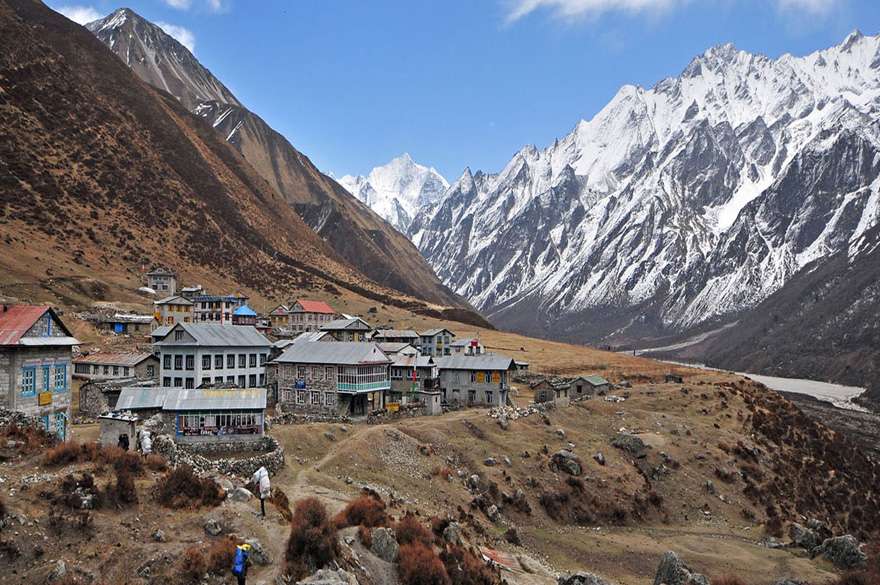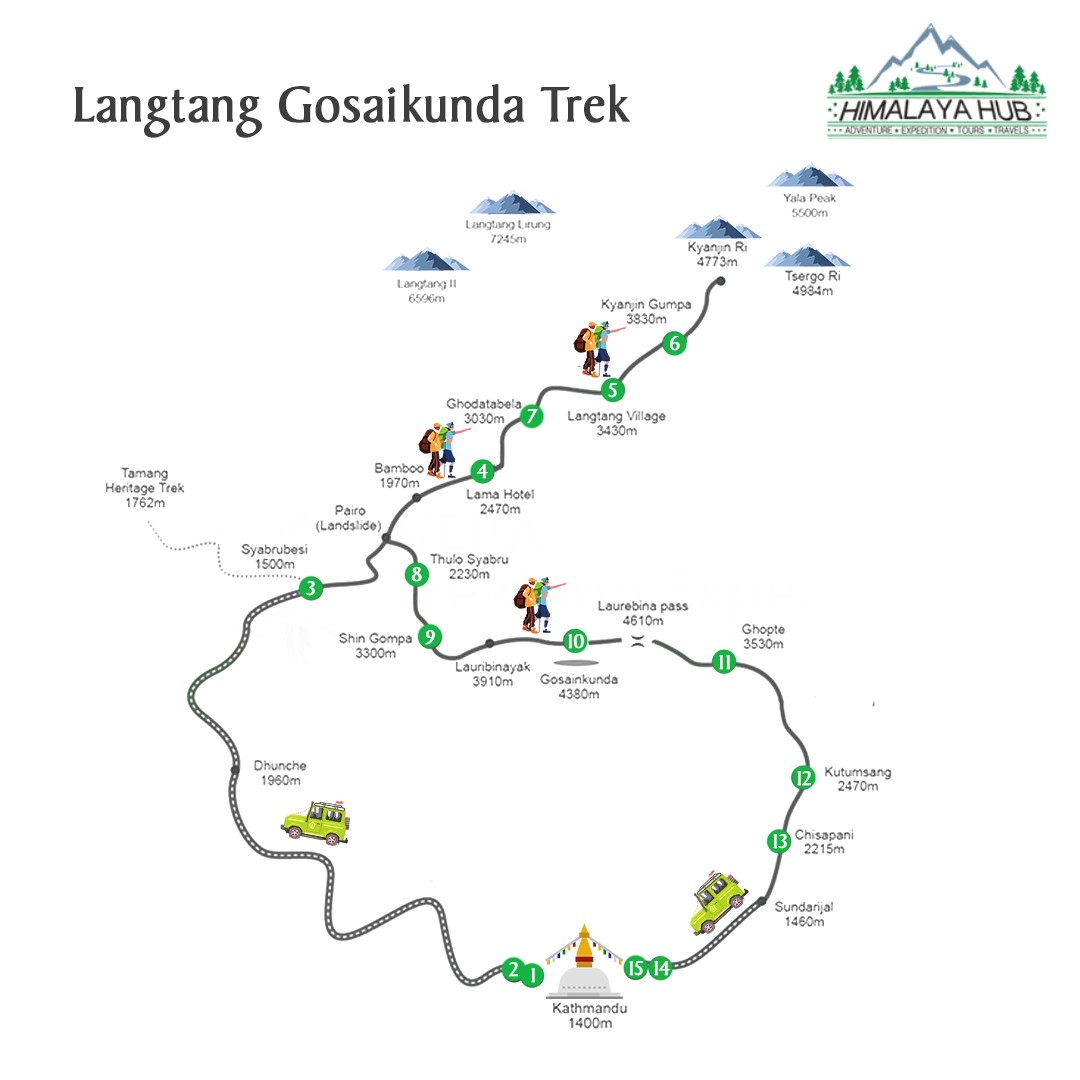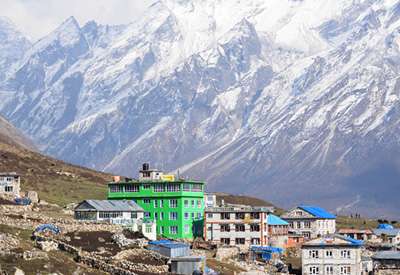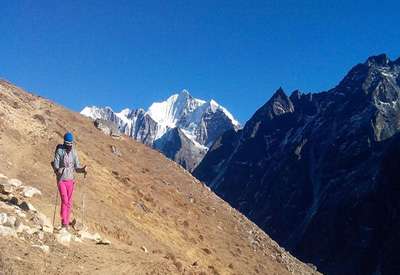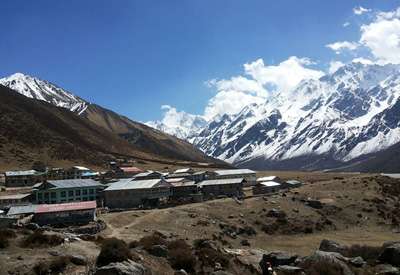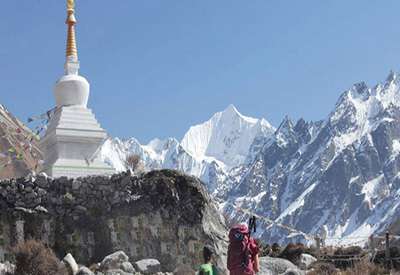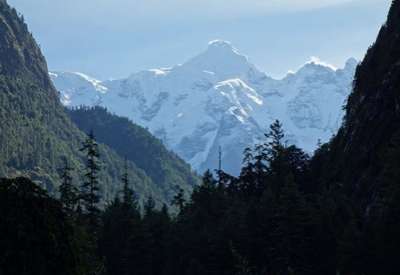About Langtang Gosaikunda Trek
Overview
Traveling to the mountains is always an adventure that is filled with new, exciting, and thrilling experiences, one of which can be fulfilled by the Langtang Gosainkunda trek. If you are looking for an adventure that is easy as well as worthwhile Langtang Gosainkunda trek is for you.
Among the various treks in Nepal, the Langtang Gosainkunda trek is one of the most fulfilling treks as it is a combination of multiple destinations designating two different treks which is Langtang and Gosainkunda trek. This means during this trek you will not only experience the captivating views of the mountains but also the stunning lakes of Gosainkunda scattered over a distance of about 4 miles.
Langtang other than the astonishing views is also known for the people residing there and their culture, traditions, and practices. The people of the Langtang valley are said to be the Tibetans that fled Tibet during the war with China, hence the Tibetan culture can be seen through the architecture, lifestyles, costumes, and the tradition here. Tamang community is the majority of the locals in this region.
Likewise, Gosainkunda is known for its traditional and spiritual beliefs. It is said to be the home of Kailashnath also known as Lord Shiva. So, it holds great holy value as a pilgrimage. Hindus, as well as Buddhist people, are the main ethnic groups that hold great value to this place. The belief is that once in a lifetime visit to Gosainkunda is a life accomplished. Furthermore, a bath in this holy lake is believed to rinse all the sins committed before it and considers to be a way to heaven.
Langtang Gosainkunda trek falls in the Langtang region that lies within the boundaries of the Rasuwa district. So in order to trek this trail, a trip from Kathmandu to Syapru besi also known as Sabru besi through the roads of Trishuli Bazaar is taken. As the route ascends up towards the Syapru besi you enter the Rasuwa district, a district home to the beautiful snow caps, lakes, rare animals, gorgeous forests, and numerous lakes as well as glaciers. On the way to Syapru besi, you travel through the woods of the Langtang National Park, the first Himalayan National Park of Nepal which is also home to the endangered Red Pandas which the travelers and trekkers often see moving forward in the trek. Other than the Red Pandas it is also a shelter for many animals and plants inhabited here.
Even though this trek lies 52 km north of Kathmandu, it takes about 7 to 8 hours of road trip covering about 122 km to reach Syapru from Kathmandu. The entire trek is mainly divided into three major parts which are: the Langtang trek, the Gosainkunda trek, and the Helambu trek.
Firstly the trek begins from Saphru to Langtang, the first part of the trek. The first destination on this part is the Lama Hotel with an altitude of 2430m. Lama hotel is the name of a small village in Langtang with few guest houses. The people living in this village are mostly Lamas and follow Tibetan culture. Further, into the trek, you reach Langtang village, also known as Langtang valley. It is also a village having historical and cultural importance in the Langtang region. Continuing the trek you reach Kyanjin Gompa. A village once with traditional houses which got destroyed after the 2015 earthquake is now restored where only concrete houses can be seen. The beauty of a village surrounded by the Himalayas with wonderful mountain peaks at the base of it all might just seem unrealistic. But to live it and feel the cold breeze of the Himalayas passing by, the mountain peaks staring right back at you, and all the prayer stones and flags guiding you to the top will forever remain in your heart. Exploring Kyanjin Gompa will be an exciting expedition as it is a monastery that dates back to its construction about 200 to 300 years. You will also be visiting one of the oldest and most authentic cheese factories of Nepal in this region. Kyanjin Gompa marks the end of the trail for the Langtang trek after you ascend to Tserko Ri for the mesmerizing 360-degree view of Langtang Lirung a mountain with an elevation of about 7246m and climb down to Kyanjin. With this you move toward the next destination of the trek, that is, Gosainkunda.
Retracing the trail you get back to Ghodetabala (2900m) a village just before Lama Hotel. The journey begins early morning the next day and you leave for Thulo Sybhru (2100m) from Ghodetabala. Further, into the trek, you reach Sing Gompa and rest. Throughout this trail, you will be walking through the woods of Langtang National Park encountering numerous unseen natural beauties. As the route further unfolds you pass by rivers that descend from the Kunda all along the route and cross various suspension bridges. Gosainkunda marks the next destination after Sing Gompa and also the completion of the Gosainkunda trek. On the way to Gosainkunda, you hike along the Gosainkunda pass and explore not only the holy lake resting on an elevation of 4380m but also various other Kundas such as Bhairav Kunda, Naag Kunda, Dudh Kunda, and many more. As the Gosainkunda is a complex of 108 lakes scattered over 4 square miles, the experience is phenomenal and overwhelmingly beautiful. One person trails on rocky terrain with only mules and donkeys as the source of transportation for food and facilities, Gosainkunda calls for an unreal experience of adventure. By reaching the peaceful lake in between the barren and rocky hills, the Gosainkunda trek comes to an end and the third part of the Langtang Gosainkunda trek begins which is the Helambu trek.
The treks from Gosainkunda to Ghopte via Lauribina descending down to Kuttumsang further to Sundarijal through Chisapani are trails known for the Helambu trek. From Gosainkunda you are headed to Ghopte which covers an altitude difference of nearly 1000m downwards. The trek from Ghopte descends to Kuttumsang having an elevation of 2600 m. In this journey, you travel from rocky terrains with no vegetation into the woods and finally into rice fields. Continuing the trek, the trail leads you to Chisapani cold water in English is famous for the cold water found in this region. During the trek from Chisapani, you walk through the premises of Shivapuri National Park to reach Sundarijal leading you back to Kathmandu.
Why Choose Our Langtang Gosaikunda Trek?
Expert Guides
Our local guides are not just knowledgeable; they’re passionate about sharing the rich culture and beauty of the Himalayas.
Authentic Experiences
We focus on providing authentic, immersive experiences by connecting you with local communities and offering you a chance to explore Nepal
Customized Itineraries
Your trek, your way! We tailor every itinerary to match your pace and preferences, ensuring that you have the best possible adventure.

